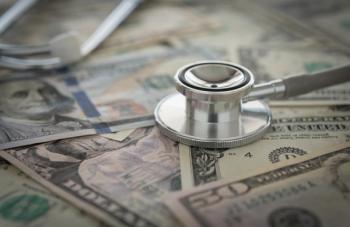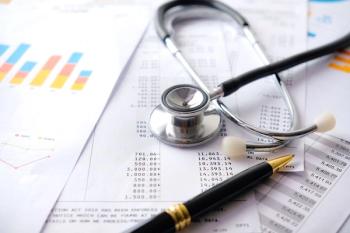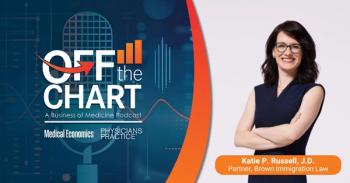
Emergency Rooms Continue to Serve as Patients' Primary-care Provider
Repeated use of emergency rooms for nonemergency care is having negative effects on our nation. But some innovative strategies to avoid this are emerging.
Some people blame the U.S. economy’s sluggish recovery; others blame the influx of immigrants of all statuses; and still others blame the increasing number of people who live below the poverty line, including those who are unemployed or underemployed. Whatever the cause, the effect is the same: People who have little or no insurance are using hospital emergency departments (EDs) as medical homes for nonemergency healthcare. And this change affects the way hospitals in the United States do business.
For years, uninsured patients have flooded hospital emergency departments seeking relief for common earaches, chronic disease management, and other nonurgent health issues. Many of these patients feel they have no other place to go, and some have never gone anywhere else to receive healthcare. In a
Another issue is cost. Some people balk at having to pay emergency department prices after receiving nonemergency care. Obviously, if people are poor and have either no job or a low-paying job, then they may have trouble paying their ED bills. Plus, Medicaid and other forms of public coverage pay only portions of these bills. That reality coupled with the increasing volume of patients involved has caused some facilities to devise strategies for managing serial ED visitors.
Many hospitals across the country have established charitable service programs that provide uninsured or underinsured people with medical homes or other healthcare options to keep them from going to the emergency department repeatedly and needlessly.
Others have set up programs to defer nonpaying patients to PCPs instead of treating them in the ED.
Still other hospitals have begun collecting deductibles, copays, or even upfront fees -some as high as $180 - before treating patients who come to the ED. This has some physicians worried that patients who present with nonemergent conditions could either worsen quickly, or just leave without being treated.
Safety-net options besides the emergency department do exist. Health centers - partially funded by HHS - offer primary healthcare services including preventive, diagnostic, treatment, and emergency services, as well as referrals to specialty care. And they do so whether or not a patient can afford to pay. Health centers also provide case management and transportation, which helps patients access the care. Many centers are open on evenings and weekends, and they offer same-day or walk-in appointments too - all of which helps make the health center a convenient and realistic alternative to the emergency department.
According to a
The
• Posting ED wait times on the hospital website so patients can access the information online or smartphone before deciding which hospital can accommodate them the quickest.
• Eliminating waiting rooms so patients are evaluated either in ED rooms after they register, or in other facilities. No room is used for nonurgent patients. They are treated and discharged efficiently, while patients with more complex cases are put in rooms.
• Conducting triage in teams that include an ED physician, a nurse, a scribe, an emergency technician, and a registrar. The scribe records the physician’s instructions. The technical assistant acts as a utility with multiple responsibilities. And the registrar streamlines the process for getting patients into the facility’s system. All of this expedites patient care, decreasing wait times as much as 64 percent.
• Establishing specialized emergency units, such as geriatric emergency departments and chest pain centers.
• Providing point-of-care testing in satellite labs can speed up the results and reduce the amount of time that patients are kept waiting.
• Creating a discharge lounge to free up beds in the ED more quickly and allow patients to move to a more private area to receive certain clinical care, as well as discharge instructions.
Such breakthrough tactics alone won’t significantly reduce the number of patients who routinely rely upon emergency departments. A change in thinking among patients and even physicians must happen, too.
And
Newsletter
Optimize your practice with the Physicians Practice newsletter, offering management pearls, leadership tips, and business strategies tailored for practice administrators and physicians of any specialty.











